Travellers near a Village
Pen and brown ink, grey wash, black ink framing lines, 89 x 148 mm, laid down onto a blue mount with framing lines in brown ink and brown wash, bearing a previous identification as ‘J. Van der Hagen / Ecole hollandaise (1620-1669)’
Provenance
Private collection, The Netherlands
*
This recently discovered drawing is an interesting addition to the small drawn oeuvre of Josua de Grave. The artist was born in Amsterdam and was mentioned as an apprentice in the accounts of the Haarlem Guild of St Luke in 1659.1
De Grave is best known for his topographical drawings of the area around Maastricht and the Southern Netherlands, and part of France. These were made mostly in 1667-1668 and in 1674-1676, documenting local conditions during the military campaign of Stadtholder Willem III against the invading French under Louis XIV. Some of these drawings are inscribed with dates and locations by the artist. During his travels he was accompanied by the artists Valentijn and Barend Klotz, who also produced drawings in a style that is so similar that it is frequently difficult to distinguish the works of the three draftsmen.
De Grave’s topographical drawings are frequently around 95 x 150 mm in size and are thought to come from a travelling sketchbook of these dimensions. Our drawing is likely to have come from such a sketchbook, and is likely to date around 1675. It can for instance be compared to De Grave’s view of the village of Sint Anthonis, drawn on 12 November of that year.2
I am grateful to Charles Dumas for confirming the authorship of De Grave.3
1. For the artist, see: B.J. van Hasselt, ‘Drie tekenaars van topografische prenten in Brabant en elders: Valentijn Klotz, Josua de Grave en Constantijn Huygens jr.’, Jaarboek de Ghulden Roos, 25, 1965, pp. 145-192 and M. Breitbarth-van der Stok, ‘Josua de Grave, Valentinus Klotz en Bernardus Klotz’, Bulletin van de Koninklijke Nederlandse Oudheidkundige Bond, 68, 1969, p. 93-115.
2. Pen and brown ink, grey wash, 97 x 150 mm, Staatliche Graphische Sammlung, Munich, inv. no. 2038; W. Wegner, Die niederländischen Handzeichnungen des 15.-18. Jahrhunderts, Berlin 1973, vol. I, no. 601, vol. II, pl. 285.
3. Email correspondence of 22 March 2022. Dumas does point out that it is difficult to distinguish the hand of De Grave from Valentijn and Bernard Klotz.









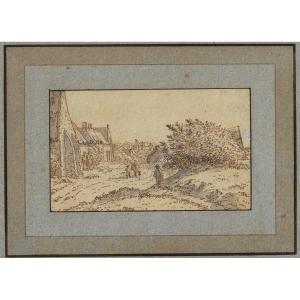








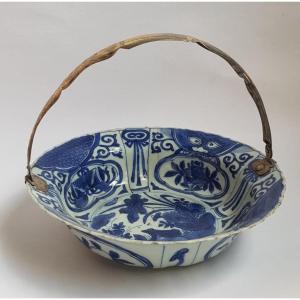





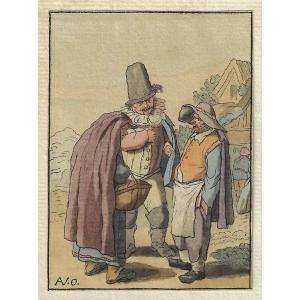







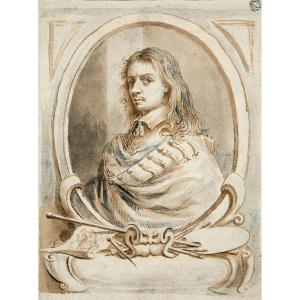

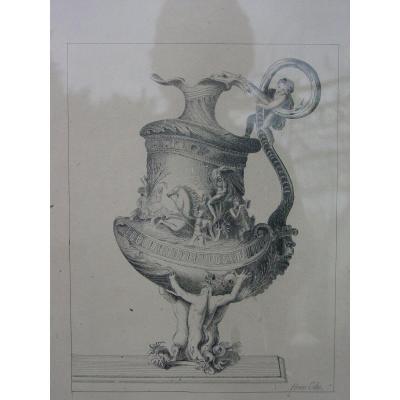



 Le Magazine de PROANTIC
Le Magazine de PROANTIC TRÉSORS Magazine
TRÉSORS Magazine Rivista Artiquariato
Rivista Artiquariato